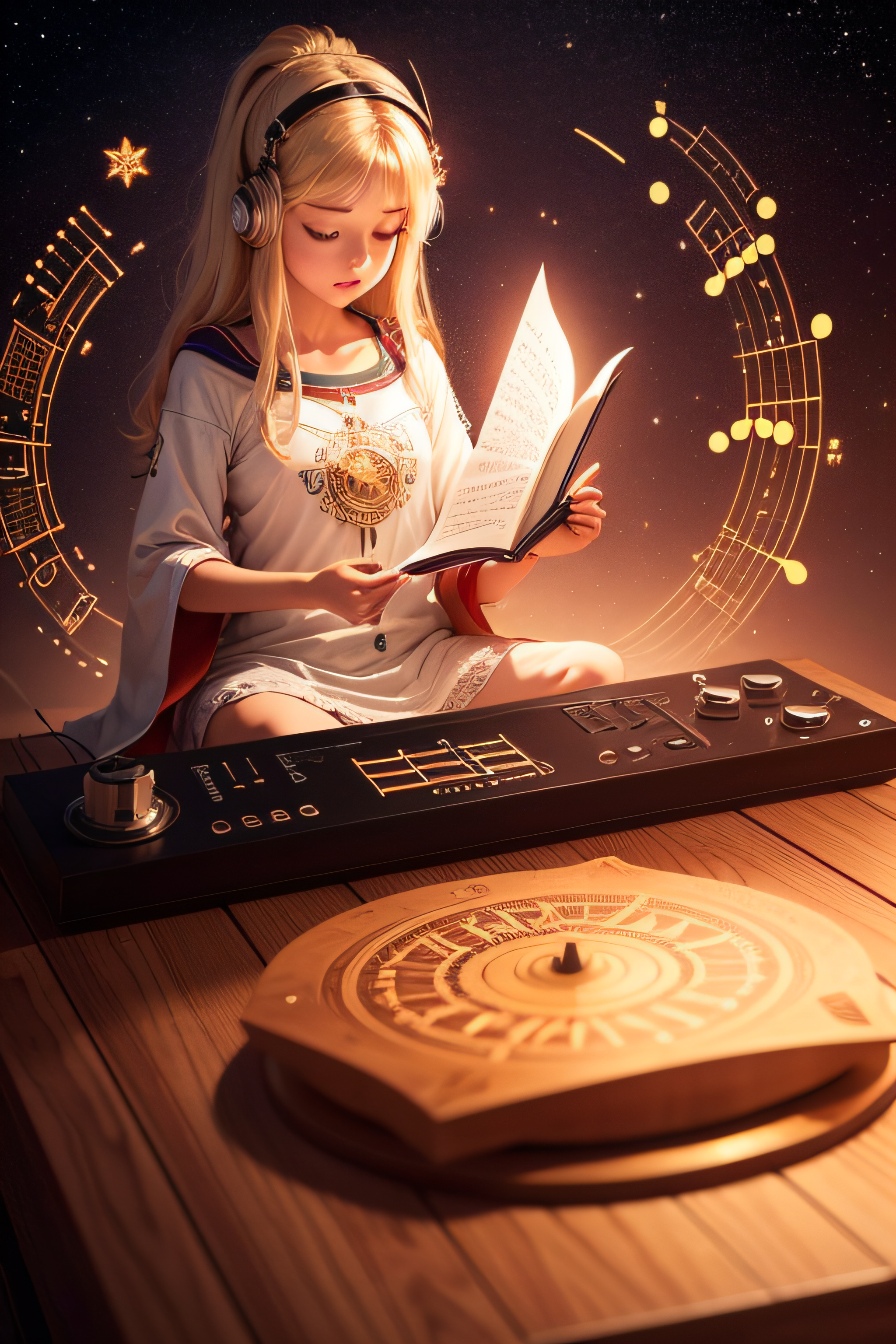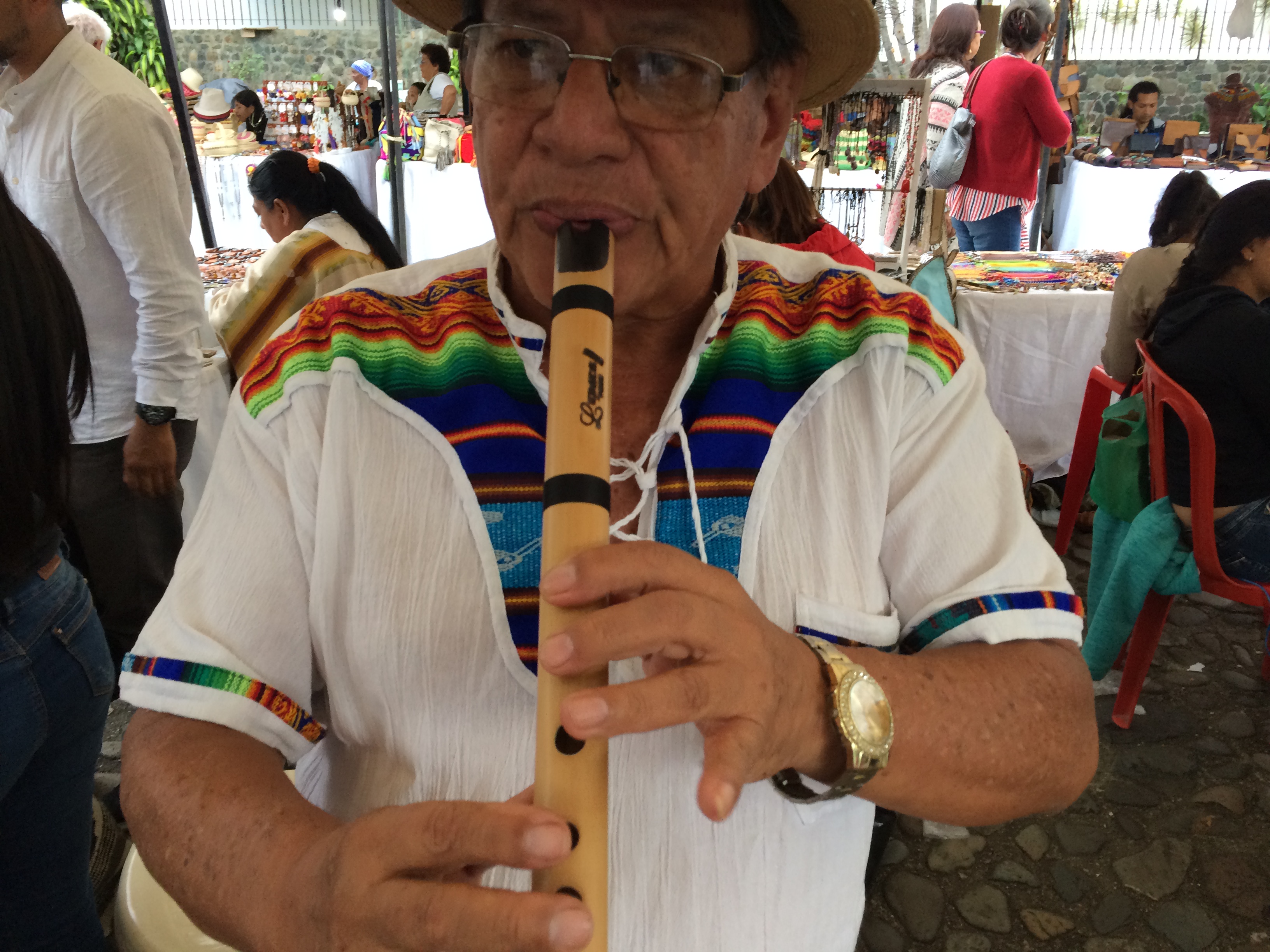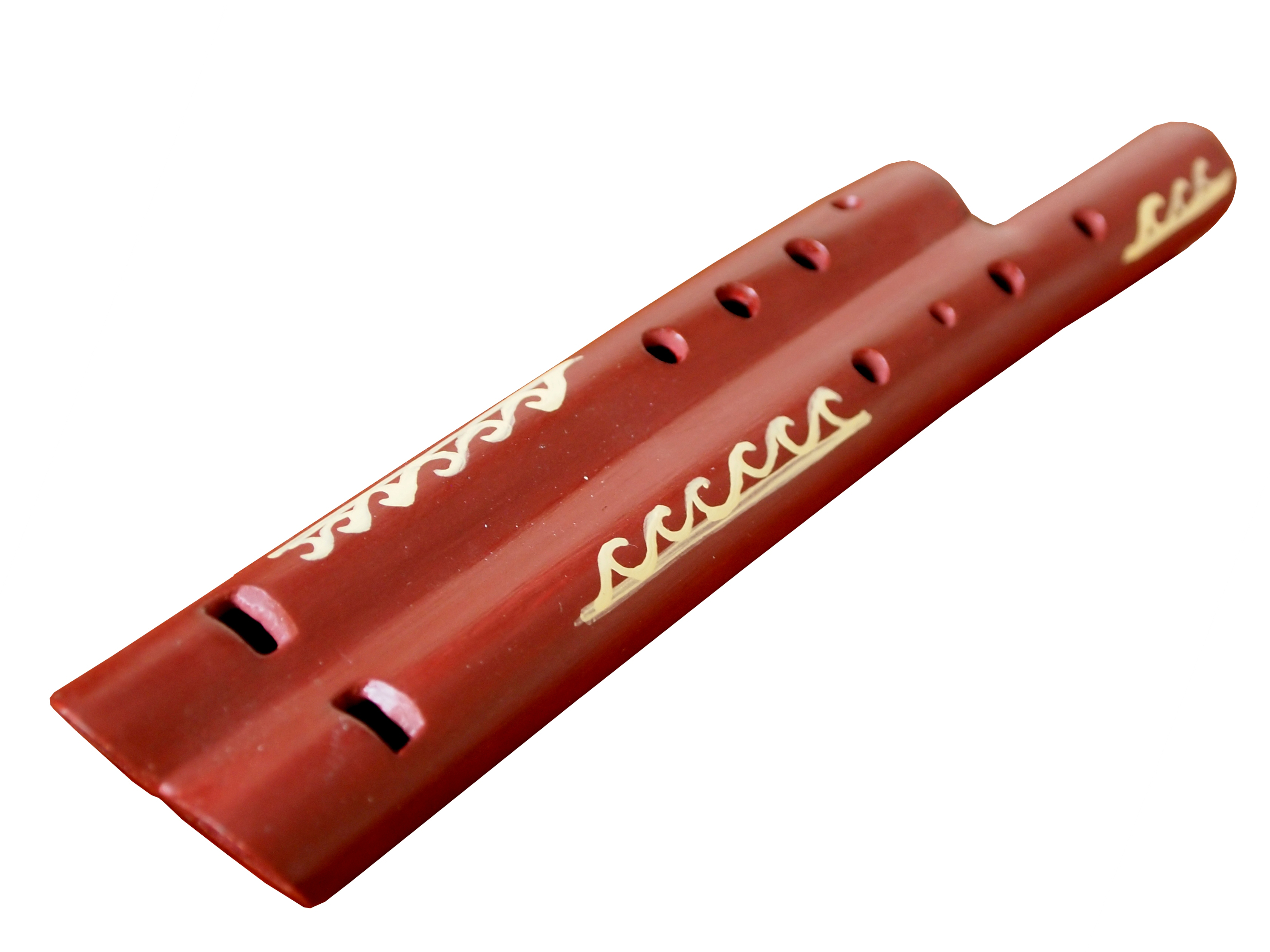Long ago, in the lands of Native Americans, there was a legend of Nuvia, a young woman belonging to the Lakota tribe. Nuvia was known in her community for her love and skill in playing the native flute, an instrument that connects the spirit to nature and the spiritual world.
The legend tells that Nuvia, from an early age, displayed an innate gift for music. Her flute, crafted from cedarwood and adorned with sacred symbols of her tribe, resonated in a special way. People of the tribe said that her music had the power to heal broken hearts and calm storms in the soul.
One day, as Nuvia played her flute deep in the forest, a mysterious white wolf approached her. This wolf, with eyes that seemed to reflect the sparkle of the stars, appeared to communicate with Nuvia through its gaze. Intrigued, Nuvia continued to play her flute, and the white wolf began to dance to the rhythm of her music.
The dance of the white wolf was so hypnotic that Nuvia couldn't stop but keep playing, and together they created a magical harmony that resonated throughout the region. The legend says that as Nuvia played, the plants bloomed, the rivers flowed with greater force, and the animals joined in the dance of the wolf.
After hours of music and dance, the white wolf finally stopped and looked at Nuvia with gratitude in its eyes. Then, it slowly retreated into the forest and vanished.
The Lakota tribe regarded this encounter as a sign that Nuvia had been blessed by the spirits and gifted with the power of music to heal and unite people and nature.
From that day on, Nuvia continued to play her native flute, sharing her music with her tribe and beyond. She became a spiritual healer and a guardian of the harmony between humanity and nature.
The legend of Nuvia and the native flute reminds us of the deep connection between music, the spirit, and the world around us. The native flute, often used in sacred ceremonies and rituals, is considered an instrument that can bring peace, healing, and unity to those who play and listen to it.
This legend invites us to appreciate the beauty and magic of native flute music, reminding us that through music, we can connect with the divine and find peace in our hearts, just as Nuvia did in that magical dance with the white wolf in the heart of the forest.












